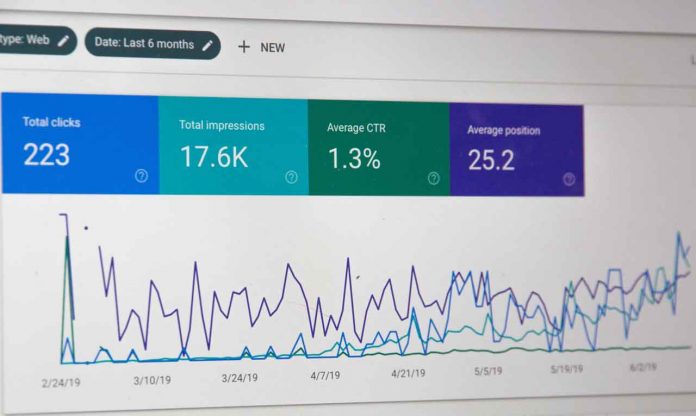In today’s cutthroat digital arena, websites need something more than valuable content and a user-friendly design to stand out. Businesses and website owners continuously strive to improve their search engine rankings to attract more visitors and potential customers.
This is where backlinks and link-building step in and help website owners with Search Engine Optimization (SEO).
Understanding backlinks
Backlinks refer to the links from other websites that direct users to one’s website. These links act as votes and endorsements, validating the credibility and relevance of the website. They tell search engines that a website has authority, which can help it rank higher in search engine result pages (SERPs).
Backlinks are also known as inbound links. It is the opposite of outbound links, links from a website that can redirect users to other websites. Essentially, an outbound link from one website is a backlink for another.
But not all backlinks are created equal. For example, a single high-quality backlink can be worth more than 100 low-quality backlinks.
Why are backlinks important?
Backlinks can help improve the website’s ranking in SERPs and boost its credibility. They can also send referral traffic from another website to a website.
Backlinks work like votes of popularity. Adding at least two backlinks serves as a vote of confidence for your content, signalling that it is valuable and trustworthy.
The more high-quality website backlinks, the higher its rankings will be. A few backlinks from authoritative, relevant sites hold more weight than multiple links from low-quality sources.
Referral traffic refers to visitors who arrive at a website through links on other websites. This means the visitor was not searching for that website on Google or another search engine. Instead, they were directed to the website by clicking on a link on another website.
There are many benefits to having referral traffic, including gaining increased brand recognition and improved authority. If they are looking to sell, referral traffic can generate new qualified leads while reaching a broader potential customer base.
Using link building campaign
The next step in utilizing backlinks is to use link-building campaigns. Link building is when a website owner creates links on other websites that point back to their website. There are many ways to create link building, from link directories, guest blogging, and leaving comments on other blogs to social media and online communities.
Website owners who don’t have enough time to strategize their link-building can buy them instead. Some third-party services can create adaptive campaigns tailored to their brand and find the most effective method to boost your website.
When looking for where to buy backlinks, website owners must research companies offering the service. After looking through the options, they can choose the one with a good track record.
There are multiple link-building strategies, and most fall into one of the following three: asking for links, adding links and earning links.
When a website owner asks for links, they can reach out to another website. Then, they request that that website include a link to their website. Meanwhile, adding a link involves adding a link manually on another website, which is the easiest, but the least effective way.
As for earned links, they are backlinks other websites add to their content, pointing to a certain website. Website owners don’t have to ask for them. They often indicate that a website’s content is high-quality and valuable.
Popular link-building strategies include content marketing, email outreach, broken link building, to unlinked brand mentions and PR, among many others.







